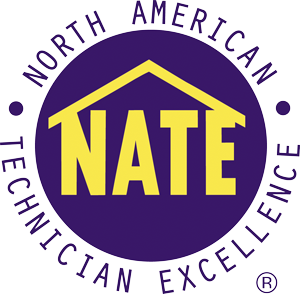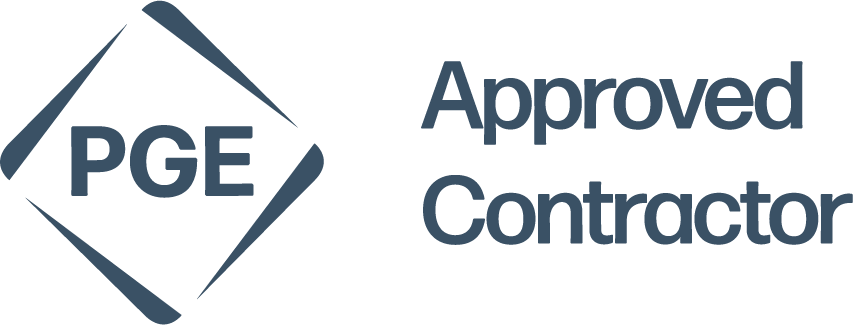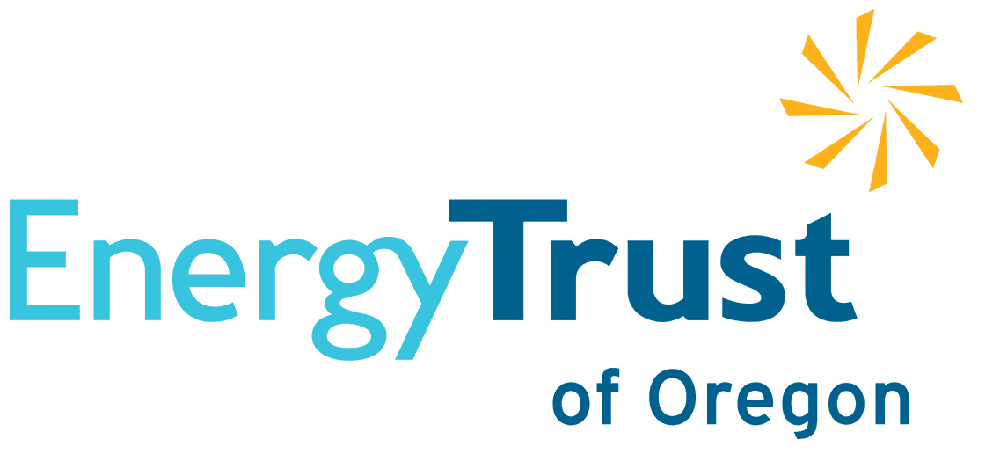Understanding Gas Fireplace Maintenance Requirements in Happy Valley
Gas fireplaces have become increasingly popular in Happy Valley homes, offering warmth and ambiance without the hassle of traditional wood-burning units. Regular maintenance ensures these sophisticated heating appliances operate safely and efficiently throughout Oregon’s damp winters. At Milwaukie Heating & Cooling, Inc., we specialize in comprehensive gas fireplace maintenance services that extend equipment lifespan and maintain optimal performance levels. Our certified technicians understand the unique challenges that Pacific Northwest weather presents to heating systems, including the high humidity levels that can affect gas fireplace components and venting systems.
Professional maintenance goes beyond simple cleaning tasks and involves thorough inspections of critical safety components, gas connections, and ventilation pathways. We work with various gas fireplace brands and models, applying our extensive HVAC expertise to ensure each unit receives appropriate care based on manufacturer specifications and local safety codes. Our partnership with Carrier™ reflects our commitment to quality, and while Carrier™ specializes in furnaces, air conditioners, and heat pumps, the same attention to detail we apply to their equipment extends to our gas fireplace services.
Essential Components Requiring Regular Inspection
The burner assembly represents the heart of any gas fireplace system, requiring careful examination for proper flame patterns and efficient combustion. Carbon buildup, dust accumulation, and component wear can significantly impact burner performance, leading to incomplete combustion and potential safety hazards. Our technicians meticulously clean burner ports, inspect thermocouples and thermopiles, and verify proper gas pressure settings to maintain consistent, safe operation. These components work together to create the beautiful flames homeowners enjoy while ensuring complete fuel combustion that minimizes carbon monoxide production.
Glass doors and viewing panels need specialized attention to maintain clarity and structural integrity. Temperature fluctuations cause expansion and contraction that can compromise door seals and gaskets over time. We inspect these seals thoroughly, checking for gaps that might allow combustion byproducts to enter living spaces. The ceramic logs or glass media also require periodic cleaning and repositioning to maintain realistic flame appearance and proper airflow patterns. Ventilation systems, whether direct vent or B-vent configurations, demand careful inspection to ensure proper draft and prevent dangerous backdrafting conditions that could introduce carbon monoxide into homes.
Seasonal Maintenance Schedules and Best Practices
Happy Valley’s climate patterns create specific maintenance timing considerations for gas fireplace systems. Fall preparation becomes crucial as residents transition from cooling to heating seasons. We recommend scheduling comprehensive maintenance before the first cold snap arrives, allowing time to address any issues discovered during inspection. This proactive approach prevents inconvenient breakdowns during peak heating periods when families rely most heavily on their gas fireplaces for supplemental or primary heating.
Spring maintenance focuses on cleaning accumulated debris from winter operation and preparing systems for summer dormancy. Moisture control becomes particularly important during Oregon’s rainy seasons, as excessive humidity can corrode metal components and degrade electronic controls. Our maintenance protocols include moisture assessment and application of protective treatments where appropriate. We also verify that pilot lights, if present, maintain proper settings for seasonal variations in gas pressure and atmospheric conditions.
Safety Features and Testing Procedures
Modern gas fireplaces incorporate multiple safety systems that require regular testing and calibration. The oxygen depletion sensor monitors room air quality and automatically shuts off gas flow if oxygen levels drop below safe thresholds. We test these sensors using specialized equipment to verify proper response times and shutdown sequences. Safety switches that detect overheating conditions or improper venting also undergo rigorous testing to ensure reliable operation when needed most.
Carbon monoxide detection represents a critical safety consideration for any gas-burning appliance. While properly maintained gas fireplaces produce minimal carbon monoxide, we always recommend integrated detection systems as an additional safety layer. Our maintenance services include carbon monoxide testing at multiple points around the fireplace and throughout adjacent living spaces. We also educate homeowners about warning signs of improper combustion, including yellow flames instead of blue, soot accumulation on glass doors, and unusual odors during operation.
Performance Optimization and Efficiency Improvements
Regular maintenance directly impacts gas fireplace efficiency and operating costs. Clean burners and properly adjusted gas valves ensure complete combustion that maximizes heat output while minimizing fuel consumption. We analyze flame patterns and adjust air-to-fuel ratios for optimal performance based on altitude and local atmospheric conditions. These adjustments can reduce natural gas consumption by fifteen to twenty percent while maintaining desired heat output levels.
- Burner cleaning and adjustment removes debris that disrupts flame patterns and reduces heating efficiency
- Blower motor maintenance ensures proper air circulation for even heat distribution throughout rooms
- Control system calibration maintains accurate temperature regulation and timer functions
- Venting system cleaning removes obstructions that reduce draft and compromise combustion efficiency
Common Issues Discovered During Routine Maintenance
Pilot light problems frequently emerge during maintenance inspections, particularly in older gas fireplace models. Weak pilot flames indicate thermocouple degradation or gas pressure irregularities requiring immediate attention. We also commonly encounter damaged door gaskets that compromise system efficiency and potentially allow carbon monoxide leakage into living spaces. Electronic ignition systems in newer models may develop intermittent failures due to moisture exposure or component aging, issues our technicians readily diagnose and resolve.
Venting system deterioration represents another frequent maintenance finding, especially in homes where gas fireplaces operate extensively throughout heating seasons. Corrosion from combustion byproducts gradually weakens vent pipes and connections, potentially creating dangerous exhaust leaks. Our comprehensive inspections identify these issues before they become safety hazards, allowing for timely repairs that protect families and property. Remote control malfunctions, strange operating noises, and uneven flame distribution patterns also commonly surface during routine maintenance visits.
Professional Maintenance Benefits and Long-term Value
Investing in professional gas fireplace maintenance delivers substantial returns through extended equipment lifespan and reduced repair costs. Regular maintenance typically doubles gas fireplace service life compared to neglected units, delaying expensive replacement decisions. Our detailed maintenance records help preserve manufacturer warranties and provide valuable documentation for home sales or insurance purposes. Homeowners in Happy Valley, West Linn, Lake Oswego, and Oregon City consistently report improved performance and reliability following our comprehensive maintenance services.
At Milwaukie Heating & Cooling, Inc., we integrate gas fireplace maintenance into comprehensive home comfort strategies. Our expertise with Carrier™ heating and cooling equipment, including furnaces and heat pumps, provides unique insights into whole-home heating optimization. We help homeowners understand how gas fireplaces complement central heating systems, potentially reducing overall energy costs through strategic zone heating applications. This holistic approach to home comfort ensures that every heating appliance operates at peak efficiency while maintaining safe, reliable performance throughout its service life.









